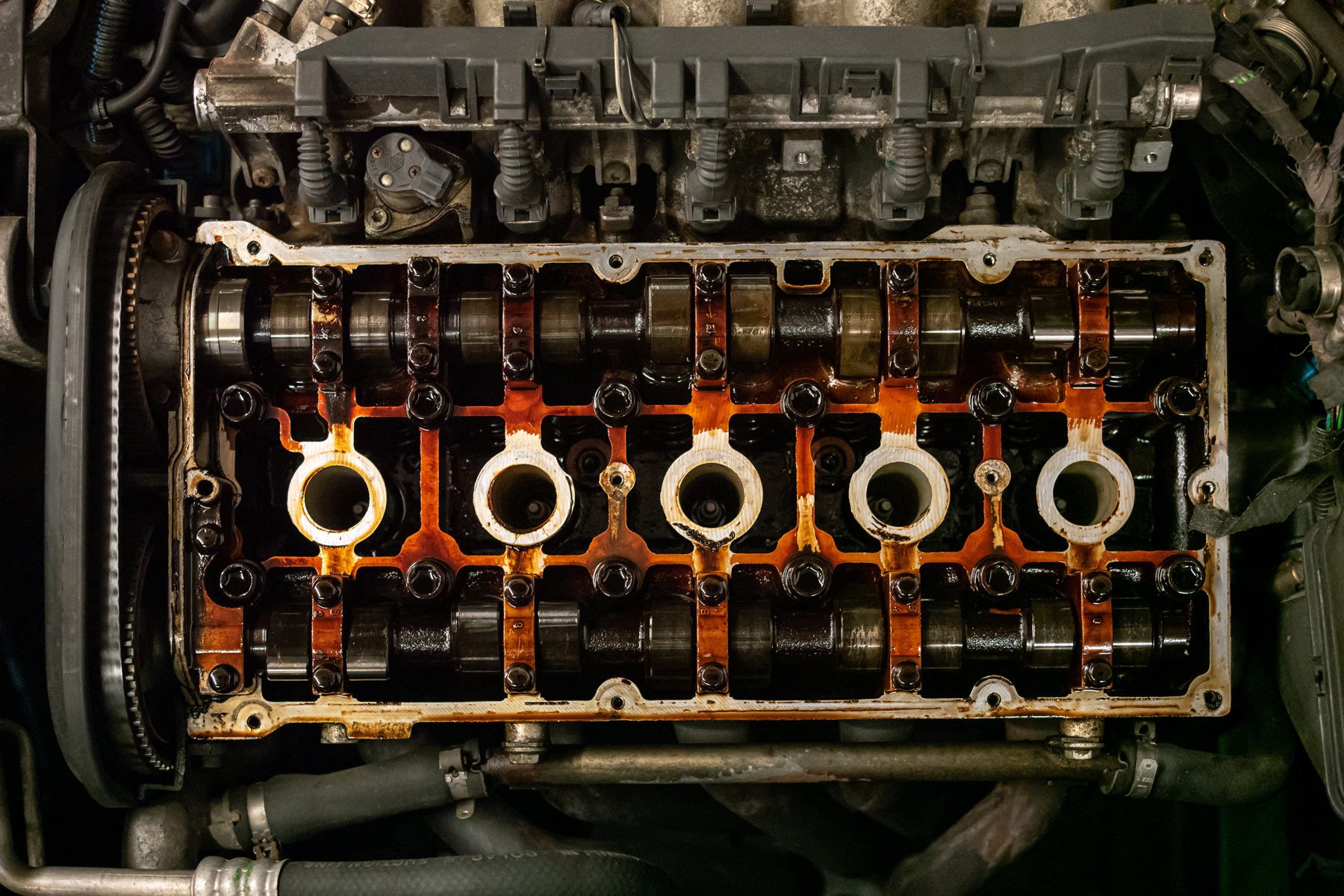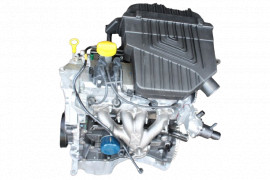Opel Corsa Engine: Efficiency and Dependability for Your Lorry
Opel Corsa Engine: Efficiency and Dependability for Your Lorry
Blog Article
Discovering the Inner Functions of a Compact Car's Engine System
As drivers, we commonly take for granted the elaborate procedures that occur within the boundaries of our car's engine system. In this expedition of a compact car's engine system, we will certainly unravel the inner operations of this mechanical symphony, dropping light on the enigmas that drive us forward on our everyday trips.
Burning Process Review
The combustion process in a portable vehicle's engine system is a vital device that efficiently converts gas right into power to power the car. This process takes place within the burning chamber of the engine, where gas and air mix, ignite, and generate controlled explosions. The combustion procedure is composed of 4 main stages: intake, compression, power, and exhaust.
Throughout the intake phase, the piston moves downward, attracting in a blend of air and fuel right into the combustion chamber. The following phase, compression, includes the piston relocating upwards, pressing the air-fuel mixture to boost its potency. Ultimately, in the power stage, the ignition system stirs up the compressed mixture, leading to a quick growth of gases that forces the piston back down. This downward movement creates the power needed to drive the automobile. In the exhaust stage, the burnt gases are eliminated from the burning chamber through the exhaust shutoff, preparing the chamber for the following cycle. This cyclic burning procedure is basic to the operation of a small lorry's engine system, guaranteeing reliable power conversion for propulsion.
Piston and Cylinder Interaction

The piston's specific fit within the cyndrical tube is essential for maintaining optimal compression and avoiding energy loss during burning. Limited clearances in between the piston and cylinder walls guarantee efficient securing, permitting the piston to relocate efficiently without enabling gases to leak past. Appropriate lubrication is likewise important to decrease friction and wear in between these parts, boosting durability and performance.
Furthermore, the design and products made use of in manufacturing the piston and cyndrical tube influence engine performance and durability. Modern engines often use light-weight yet sturdy products like light weight aluminum alloys for pistons and cylinder liners to lower inertia and improve thermal effectiveness. Overall, the unified communication between the piston and cyndrical tube visit the site is essential to the engine's functionality and overall efficiency.
Fuel Shot System Performance
Fuel shot systems in small car engines play a critical duty in exactly supplying fuel to the combustion chamber for regulated and efficient ignition. The gas injection system operates by injecting gas into the burning chamber at the optimal minute during the engine's procedure (opel corsa engine). This accurate timing makes certain that the fuel blends uniformly with the air for correct combustion, bring about enhanced gas effectiveness and minimized emissions
There are primarily 2 types of fuel shot systems used in small vehicle engines: port fuel shot (PFI) and direct fuel shot (DFI) PFI systems infuse fuel right into the consumption port before the consumption shutoff, while DFI systems inject gas straight right into the combustion chamber. Both systems have their benefits, with DFI supplying much better fuel atomization and PFI offering an extra cost-effective remedy.
Understanding Engine Cooling Mechanisms
Efficient operation of a portable automobile's engine depends heavily on the efficiency of its cooling systems. The cooling system in a portable automobile usually consists of numerous elements working with each other to control the engine temperature level. Comprehending these engine cooling devices is crucial for preserving the efficiency and durability of a portable automobile's engine system.

Exhaust System Components Explained
The optimum performance of a portable automobile's engine cooling mechanisms relies on a corresponding system called the exhaust system, which comprises numerous crucial elements for guaranteeing efficient exhausts and engine performance. The exhaust system includes components such as the exhaust manifold, catalytic converter, muffler, and tailpipe. The exhaust manifold collects exhaust gases from the engine's cyndrical tubes and paths them to the catalytic converter. The catalytic converter after that converts unsafe contaminants in the exhaust into much less hazardous exhausts before releasing them with the muffler and tailpipe.
One vital component of the exhaust system is the oxygen sensor, which checks the oxygen levels in the exhaust gases to assist manage gas consumption and make sure optimal engine performance. opel corsa engine. Furthermore, the resonator might be present in some exhaust systems to lower sound levels. Generally, the exhaust system plays an essential role in preserving engine effectiveness, lowering hazardous discharges, and making sure a quieter driving experience for portable vehicle owners

Final Thought
Finally, the compact vehicle's engine system is a complicated mix of components that work with each other to facilitate the burning procedure, transform fuel into energy, and remove waste gases. Comprehending the internal operations of the engine system, consisting of the piston and cylinder interaction, fuel injection system, engine air conditioning devices, and exhaust system components, is important for maintaining optimal performance and efficiency of the car.
The combustion procedure in a compact car's engine system is a crucial device that efficiently transforms gas into energy to power the vehicle.Gas injection systems in small automobile my link engines play an essential duty in specifically supplying gas to the burning chamber for regulated and More hints reliable ignition.There are largely 2 kinds of fuel injection systems used in portable lorry engines: port fuel injection (PFI) and direct gas shot (DFI) Recognizing these engine air conditioning systems is important for maintaining the efficiency and long life of a small vehicle's engine system.
The optimum performance of a portable automobile's engine cooling mechanisms depends on a corresponding system understood as the exhaust system, which makes up various essential parts for making sure effective emissions and engine efficiency.
Report this page